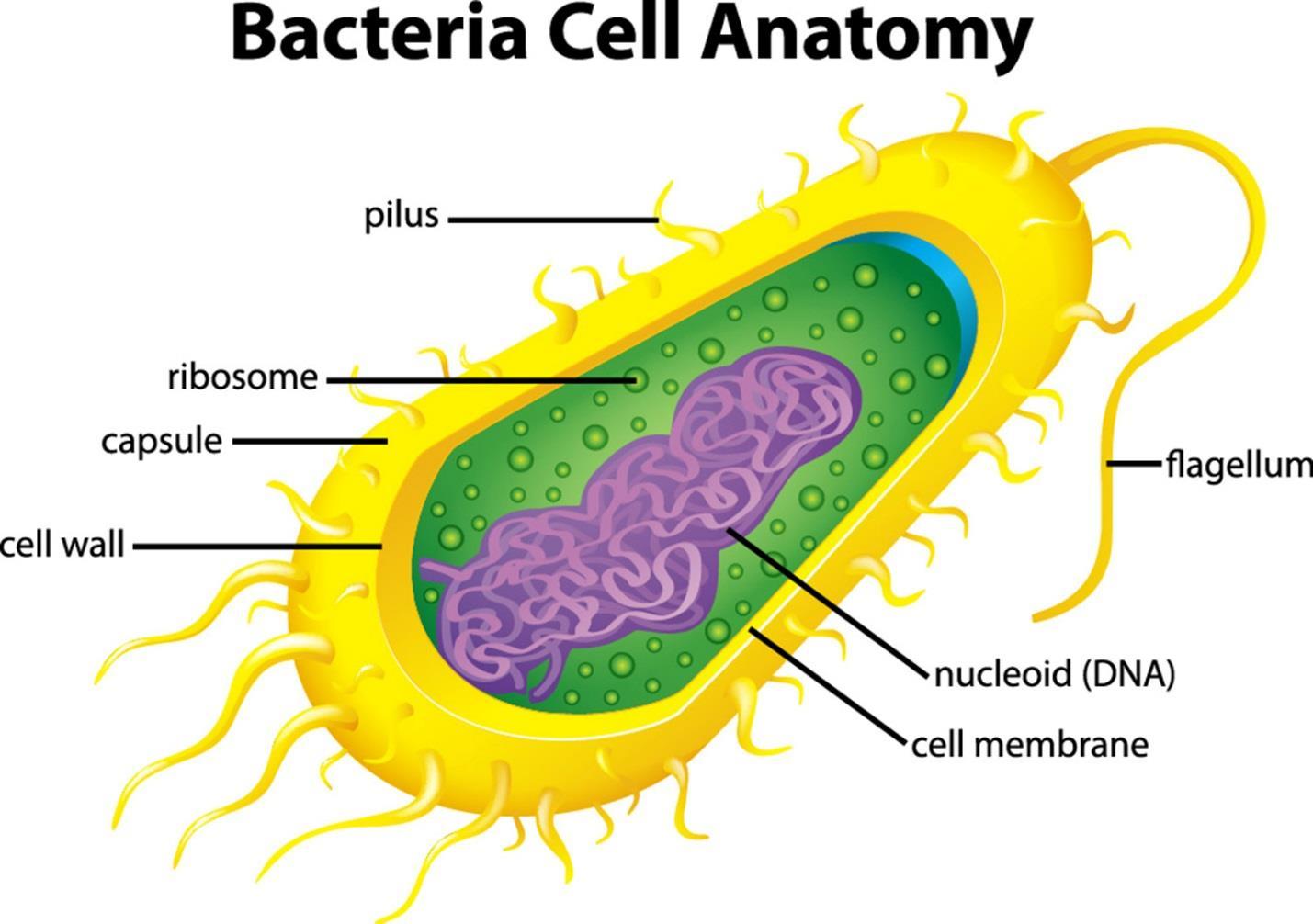
4 minute read
Genetic Code
Often translation and transcription happen at the same time so that the mRNA does not have a chance to be degraded in the cell cytoplasm.
Part of the processing of mRNA involves a couple of different steps. The first piece of mRNA made is called the primary transcript or pre-mRNA. It is made of exons, which are segments of RNA that actually get kept to participate in translation. It is also made of introns, which are segments of RNA that are not translated. Through the process of mRNA splicing, the right length or mRNA is made with the right nucleotides in it. There are caps put on both ends of the mRNA molecule, which isn’t something that happens in prokaryotes.
Advertisement
Translation takes place in both prokaryotes and eukaryotes in roughly the same way. Ribosomes are protein-making factories in all cells. In the prokaryote, these are found in the cytoplasm. In the eukaryote, they are found attached to a lipid structure called the endoplasmic reticulum. Ribosomes dot the endoplasmic reticulum, making it look rough in texture under the microscope. For this reason, these areas of endoplasmic reticulum are called rough endoplasmic reticulum.
In the ribosome, there is a site on the mRNA molecule containing what’s called a start codon. This is the signal for the translation process to occur. One section at a time, the mRNA molecule is made. Each section, called a codon, is a secret code for a specific amino acid. As we will talk more about, the process also involves transfer RNA or tRNA, which is a small segment of RNA that has a specific amino acid attached to it. The tRNA is a helper molecule that guides the amino acid from the beginning of the polypeptide chain to the end of the chain. There are similar stop codons that tell the whole process to stop and so that the polypeptide chain can be released from the ribosome. It is after this that post-transcription modification of the polypeptide chain happens.
GENETIC CODE
The genetic code is how the DNA molecule gets read. It is the same for every organism on earth, regardless of the type. As you will learn, there are four different nucleotides that make up the DNA structure. These are called adenosine, thymine, guanine, and cytosine. These are called A, T, G, and C. In RNA, the thymine is replaced by uracil.
These nucleotides are not read or transcribed individually but are arranged in sets of three called codons or triplet codon. This allows for enough different codons to account for the 20 amino acids that go into making a protein plus certain codons such as AUG, which is the RNA codon called the start codon. Some triplets code for the same amino acid. The different codons are collectively called the genetic code.
The whole idea behind what constituted a codon, which is the basis of the genetic code, is called the triplet hypothesis, first uncovered by George Gamow in the 1950s. Gamow deduced that triplets must be involved based on the idea that a codon made of two nucleotides did not give the diversity necessary for all of the available amino acids. More nucleotides per codon seemed excessively complicated. Three, however, left a possible 64 different choices, which was at least in the ballpark of what was necessary. This was later proven in the 1960s, when researchers finally cracked the code.
When the genetic code works the way it’s supposed to, there is a start codon called AUG that usually codes for the methionine amino acid. This methionine might later get trimmed off. Each triplet gets read in turn until a stop codon is read. There are three stop codons, which are UAA, UGA, or UAG. None of these code for an amino acid but instead are simply signals for the polypeptide to drop off. If there are nucleotides after the stop codon is reached, they don’t get translated into anything.
One thing that’s important to remember is that all of this must be read properly. If the reading frame is off in anyway, nothing about the resulting protein will make any sense. There are no breaks between codons, such as you would see when you read the words on a page. Instead, they appear as an unending chain that must be read in the proper groups of three. The start codon sets the reading frame properly.
Essentially the genetic code is the same for all organisms on earth but there are rare exceptions. A few bacteria have minor differences in a single or a few codons that instead code for different amino acids than all other organisms but this is not at all a common thing. All of this points back to the idea that every organism on earth started with a common evolutionary organism at some point in earth’s very distant past.



